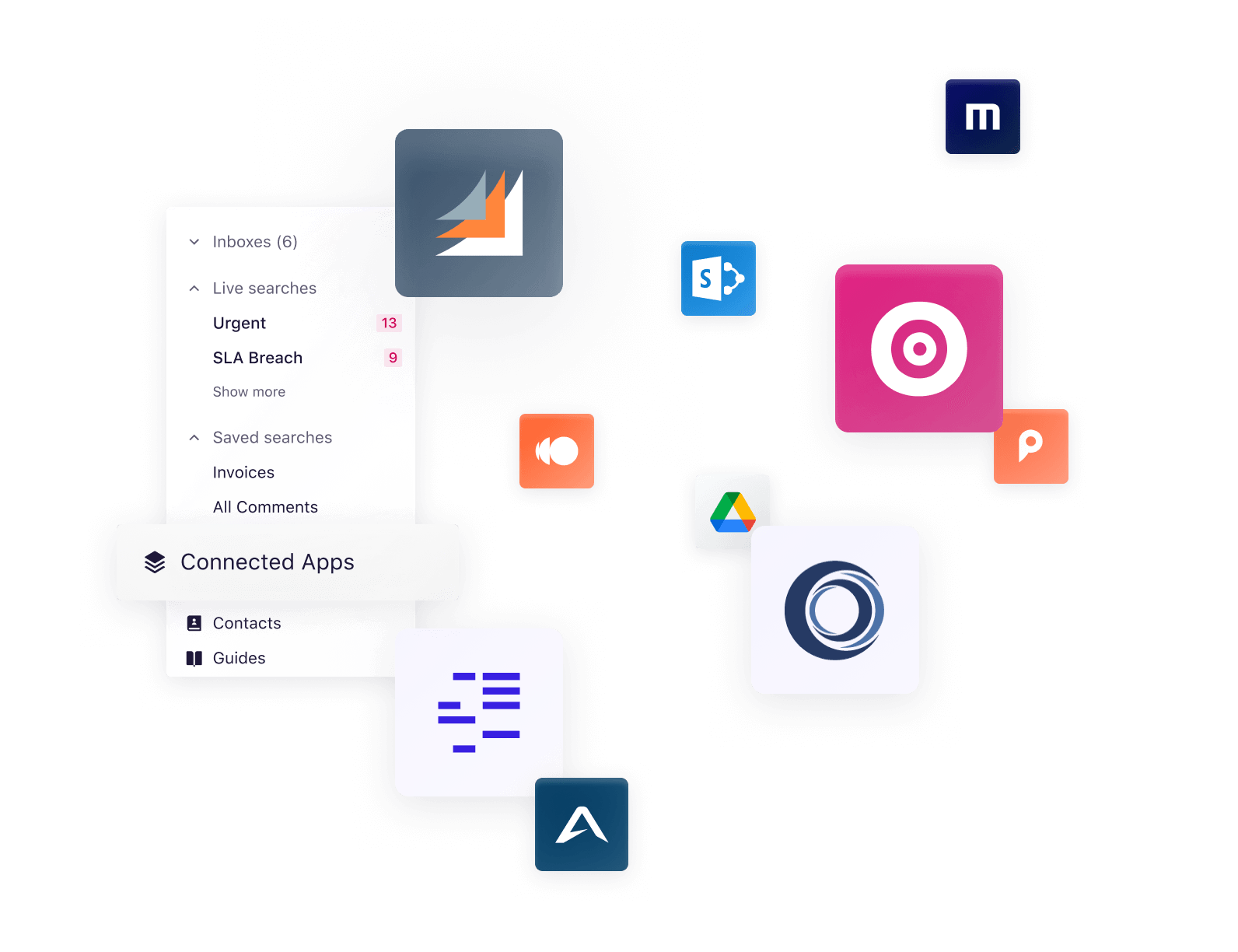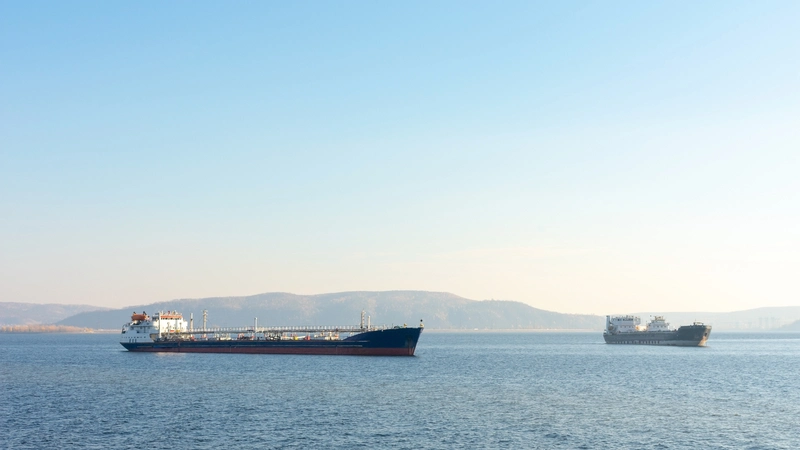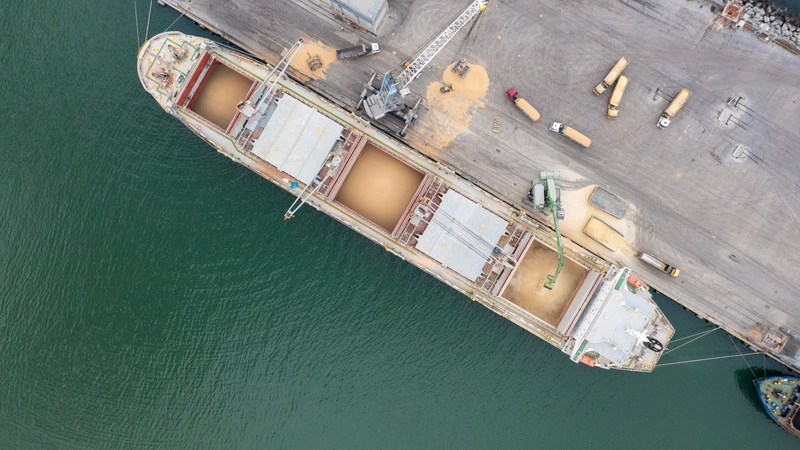Top maritime industry trends to watch for in 2024
The maritime industry is evolving rapidly, driven by the adoption of advanced AI technologies that revolutionise operational efficiency and shifts in global trade patterns.
Understanding and adapting to the latest maritime industry trends whilst maintaining the day to day business operations is crucial for staying competitive, meeting customer demands, and driving growth and profitability. Let's look at the top maritime trends making waves in 2024.
1. Shift towards automation in shipping operations
CyberOwl's global industry report highlights that over 95% of maritime cyber incidents stem from unintentional human errors. Automation addresses this risk by enhancing operational precision, consistency and accuracy. Besides reducing human error, automated systems increase efficiency by saving time on repetitive tasks.
Specifically, we are seeing the rise of autonomous ships, digital twins, and port automation as evolving trends in the maritime sector.
Deployment of autonomous and unmanned vessels
Unmanned vessels and autonomous ships are a global maritime industry trend gaining substantial momentum. While both operate with minimal or no crew, autonomous vessels are equipped with advanced self-governing technology, enabling them to make more independent decisions. In contrast, unmanned vessels rely more on human control from remote locations.
Autonomous vessels are gaining popularity because they enable efficiency, safety, and cost savings while reducing environmental impact. Sophisticated navigation systems, AI algorithms, and remote monitoring help achieve this autonomy, drastically improving operational efficiency and reducing human error.
The maritime industry is also embracing unmanned vessels due to their capability for independent functioning enhances operational success regarding efficiency, safety, cost and risk reduction and paves the way for new marine research and exploration opportunities.
Smart port integration
Growing global trade volumes and tighter shipping schedules drive ports to improve operations, such as reducing ship waiting times and speeding up container loading and unloading. This requirement includes implementing advanced scheduling systems, automated container handling equipment, and integrating real-time data analytics for better logistics management. Smart ports, for instance, leverage digital technology and automation to streamline operations, from berthing to cargo handling.
Digital twins
Digital twins, another upcoming trend, enable operators to simulate and analyse port operations in a detailed virtual setting. Port managers optimise logistics, anticipate potential issues, and streamline operational workflows by testing scenarios and strategies in the digital twin.
🚢 Discover how digital transformation drives shipping efficiency.
2. Advancement of AI and data analytics
A Gartner report forecasts that by 2024, 50% of supply chain organisations will invest in AI and analytics.
Artificial intelligence has transformed the maritime sector by enhancing collaboration, predicting maintenance needs, and enhancing route optimisation, directly impacting competency and cost-effectiveness.
Enhancing team collaboration with AI-driven communication platforms
AI-driven communication platforms, like Stream by Sedna, improve team collaboration by intelligently organising and prioritising messages, thus reducing email overload. This technique improves team productivity, as staff focus on critical tasks without getting bogged down by excessive email clutter.
Predicting maintenance to reduce downtime
By comprehensively understanding the underlying patterns and anomalies in operational data, predictive maintenance technologies actively fix existing problems and anticipate potential issues, addressing them before they escalate.
Optimising routes with data insights
Innovative use of big data reshapes maritime navigation and fuel consumption, steering the industry towards more efficient and eco-friendly practices. AI integration in weather prediction and voyage planning exemplifies this trend. For instance, advanced algorithms analyse vast datasets, enabling precise weather forecasts and optimal route selection. This approach ensures safer voyages and reduces fuel usage and emissions.
⚓ Learn how the maritime industry leverages AI for email management.
Streamlining data visualisation and analytics for better decision-making
Integrating business-critical data hidden across digital ecosystems without switching between contexts or systems helps enhance organisational efficiency and reduce the time and effort required to access and analyse essential information. For instance, Sedna's AI-driven tool Pulse offers a visual overlay to workflows, integrating crucial data across digital ecosystems for informed decision-making.
3. Implementing green initiatives for energy efficiency in shipping
By focusing on emission control, clean energy usage, and comprehensive waste management, maritime enterprises are adopting green initiatives for increased energy efficiency. These initiatives are more important than ever, as the maritime industry is set to be included in the EU ETS from January 2024 onwards. This means EU maritime emissions will be monitored and limited, so energy efficiency must be a top priority item on the agenda for 2024.
Emission control and clean energy
Efforts in emission control focus on leveraging clean energy technologies. A prominent example is the adoption of liquefied natural gas (LNG) as a cleaner fuel alternative, reducing harmful emissions.
Regulatory impacts, such as the International Maritime Organisation (IMO) 2020 sulphur cap, limit sulphur emissions from ships to 0.50% m/m (mass by mass), a drastic reduction from the previous limit of 3.50% m/m.
The impact of such regulations is substantial. According to a report by the International Council on Clean Transportation (ICCT), implementing the IMO 2020 sulphur cap could reduce annual SOx emissions by approximately 8.5 million metric tonnes. It is a significant step towards reducing air pollution and protecting environmental and human health.
Waste management
Improved waste management practices contribute substantially to reducing the carbon footprint of maritime operations. For example, advanced recycling systems and waste-to-energy technologies convert waste into energy sources, decreasing the amount of garbage discharged into the sea and reducing the vessel's carbon footprint.
By using waste as a resource, ships cut down on greenhouse gas emissions, aligning with global efforts to combat climate change.
Lowering the amount of waste discharged into the ocean is a major step towards protecting marine life and aquatic ecosystems.
4. Strengthening cybersecurity for improved maritime safety
The logistics industry has witnessed a significant surge in cyber threats in recent years, with research indicating a 400% increase in attempted attacks against the sector. These threats range from data breaches affecting confidential cargo information to more severe scenarios like unauthorised access to vessel control systems, leading to navigational errors or collisions.
Implementing robust cybersecurity frameworks is essential to safeguard sensitive data and systems and ensure the safety and reliability of maritime operations.
5. Global economic factors influencing maritime regulation
Shifting trade routes and new economic corridors directly impact maritime regulations, facilitating stronger international collaborations and standardised regulations to adapt to these global economic changes.
Trade route shifts and economic corridors
Shifts in trade routes, often affected by evolving economic corridors, are a prime example of economic factors that influence maritime regulation. Consider China's Belt and Road Initiative, which opened new maritime routes and altered global shipping dynamics. Global trade tensions, such as those between the US and China, directly impact shipping routes, forcing rerouting and adjustments in logistics.
Emerging markets, like those in Africa and Southeast Asia, are increasingly impacting maritime logistics as they become integral to global supply chains. These economic shifts demand adaptability and strategic foresight in maritime operations.
The role of international collaborations and regulations
International collaborations and regulations illustrate how cross-border frameworks shape operations. Such partnerships reflect the growing need for cross-border regulatory frameworks, such as IMO’s Convention on Facilitation of International Maritime Traffic (FAL Convention), that accommodate global economic dynamics. They showcase how successful integration and adherence to international standards lead to more streamlined maritime operations in a complex global landscape.
Stay ahead of the latest trends in the maritime industry with Sedna
Adopting the latest developments in the industry isn’t simply about implementing every new technology trend on the block.
You need a solution that helps you stay efficient without disrupting your existing workflows, one that integrates smoothly with other applications and enhances your capabilities for improved performance.
Sedna stands at this intersection, offering AI-driven solutions that redefine communication and data management in the maritime industry:
- Stream, a purpose-built email platform, improves maritime communication by integrating third-party systems, enriching messages with real-time data, and efficiently organising emails and inboxes to increase overall productivity.
- Pulse changes how maritime professionals interact with data, offering advanced extraction and visualisation tools that bring crucial insights to the forefront, enabling smarter, quicker decisions.
With Sedna, you're not just part of the maritime industry's technological evolution; you're leading it. Discover how our solutions help you stay ahead of maritime industry trends. Request a Sedna demo today.
Latest resources
Driving faster action and insights from your core business system
Connected Apps integrate business-critical data hidden across your digital ecosystem. Make informed decisions without needing to switch contexts or systems.






